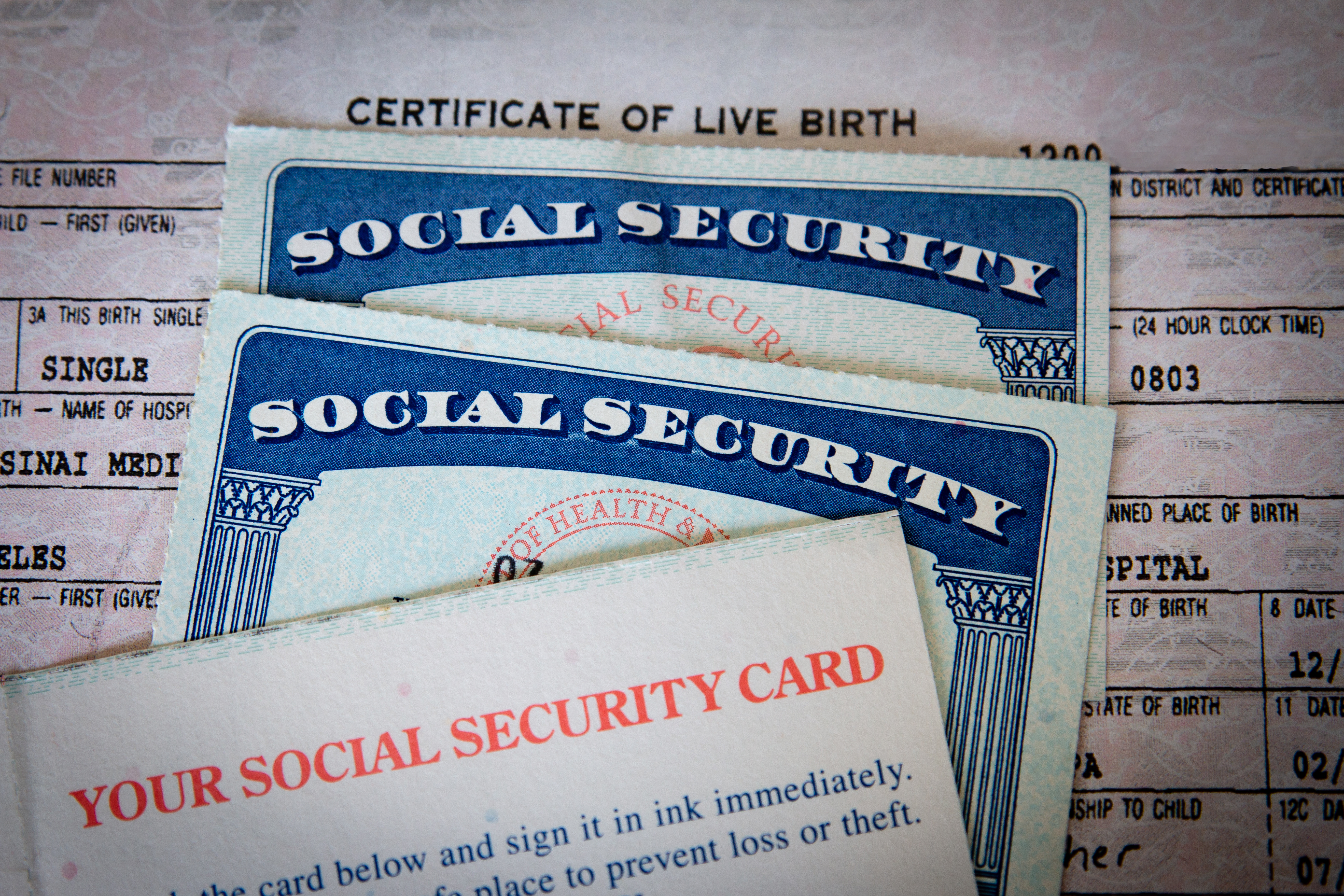Let's Talk About Transitions
Given all that a transgender person may be experiencing, one option is to transition. Transitioning means aligning one’s inner identity with their external one.
Transitioning is not a simple one-time event, and there is no “one-size-fits-all” process, checklist, or approach. Transitioning is a complex issue, and it involves a wide variety of options for an individual.
Many factors influence a person’s decision to transition, and because of these factors, their transition may not be linear. Transitioning is a personal decision specific to the individual, so how a person goes about transitioning can change over time and vary from person to person.
There are three main types of transitions someone could go through: social, legal, and physical.
Social Transition
 Social transition varies based on the child's needs and their family’s readiness to affirm them. Affirming your child through social transition is simple and allows your child to express themselves to the world in a way that matches their internal understanding of themself. Simple changes like changing a child's name, pronouns, hair, and clothing might be the first steps. Other steps would include coming out to family and friends, as well as your child’s school. Social transition is a wonderful way to affirm your child and often the only steps taken for children who are prepubertal. Sometimes families who are affirming their child’s social transition may receive resistance or push back from family, friends, or community members. When this happens parents may feel compelled to take safety measures. We have included a resource below. Social transition varies based on the child's needs and their family’s readiness to affirm them. Affirming your child through social transition is simple and allows your child to express themselves to the world in a way that matches their internal understanding of themself. Simple changes like changing a child's name, pronouns, hair, and clothing might be the first steps. Other steps would include coming out to family and friends, as well as your child’s school. Social transition is a wonderful way to affirm your child and often the only steps taken for children who are prepubertal. Sometimes families who are affirming their child’s social transition may receive resistance or push back from family, friends, or community members. When this happens parents may feel compelled to take safety measures. We have included a resource below.
Social transitions can be more complicated for an adolescent or teen who has already experienced some puberty and feels dysphoria around their body (and how clothing looks on it), the voice, and navigating relationships. This is a wonderful guide from Australia that parents can use to understand what their young person might be feeling or something to let them look through on their own.
Legal Transition — ID’s and Legal Documents
 A legal transition is when a transgender, gender expansive, or non-binary person or their parents help them obtain updated identity documents through the legal process. That could be a legal name change and possibly a gender marker change. Children and adolescents cannot always experience a legal transition because of several barriers including state laws that require certain medical transitions to take place before legal changes can be made. Non-binary gender marker options aren’t available in many states. Some parts of the legal transition can include changing gender markers on birth certificates, social security cards, driver’s licenses, or passport names. They can also have other identification pieces, such as school documents, updated to reflect their new name and their gender identity. A legal transition is when a transgender, gender expansive, or non-binary person or their parents help them obtain updated identity documents through the legal process. That could be a legal name change and possibly a gender marker change. Children and adolescents cannot always experience a legal transition because of several barriers including state laws that require certain medical transitions to take place before legal changes can be made. Non-binary gender marker options aren’t available in many states. Some parts of the legal transition can include changing gender markers on birth certificates, social security cards, driver’s licenses, or passport names. They can also have other identification pieces, such as school documents, updated to reflect their new name and their gender identity.
Medical Transition — Navigating Healthcare and Insurance
 A medical transition occurs under the guidance and supervision of trained health professionals. Transgender health is a specialized area of medicine. Before puberty, there are no medical interventions. During puberty, however, doctors can prescribe puberty blockers and hormones to trans youth. Surgery is only available after the “age of majority.” This is a legal term that varies from state to state. It is the age a young person can make medical decisions without their parents’ consent or notification. A medical transition occurs under the guidance and supervision of trained health professionals. Transgender health is a specialized area of medicine. Before puberty, there are no medical interventions. During puberty, however, doctors can prescribe puberty blockers and hormones to trans youth. Surgery is only available after the “age of majority.” This is a legal term that varies from state to state. It is the age a young person can make medical decisions without their parents’ consent or notification.
These interventions are made in accordance with WPATH standards of care and the American Medical Association’s guidelines for transgender healthcare. For youth, these decisions are made in consultation with their parents and guardians. The medical transition will vary from person to person as not all transgender, gender nonconforming, and non-binary people want to medically transition or have equitable access to the healthcare that they need.
“Contact all your child's current doctors/dentists/mental healthcare providers and let them know the correct name and pronouns. If you sense any hesitation or lack of support from their offices, immediately start the search to find medical professionals who will support your kiddo in who they are and provide affirmative healthcare. Medical visits should be a safe time for your child, and they shouldn't have to worry about being disrespected or misgendered. It's so important that our kids are able to have open and honest discourse with their doctors, for their mental and physical well-being." -Kristen
Navigating Family
 Coming out to family is never easy, and will differ depending on the family dynamics, culture, religious/political background, and closeness. Here are a few resources that will help you create a plan for how to support your child, while educating your family on how to be a support system for your family and your transgender, gender expansive, or non-binary child. The most important thing to remember is that supporting your child and advocating for them comes first. Family can choose to support you as you continue your new gender journey, but it is your child who needs your support and protection. Coming out to family is never easy, and will differ depending on the family dynamics, culture, religious/political background, and closeness. Here are a few resources that will help you create a plan for how to support your child, while educating your family on how to be a support system for your family and your transgender, gender expansive, or non-binary child. The most important thing to remember is that supporting your child and advocating for them comes first. Family can choose to support you as you continue your new gender journey, but it is your child who needs your support and protection.
|


 Social transition varies based on the child's needs and their family’s readiness to affirm them. Affirming your child through social transition is simple and allows your child to express themselves to the world in a way that matches their internal understanding of themself. Simple changes like changing a child's name, pronouns, hair, and clothing might be the first steps. Other steps would include coming out to family and friends, as well as your child’s school. Social transition is a wonderful way to affirm your child and often the only steps taken for children who are prepubertal. Sometimes families who are affirming their child’s social transition may receive resistance or push back from family, friends, or community members. When this happens parents may feel compelled to take safety measures. We have included a resource below.
Social transition varies based on the child's needs and their family’s readiness to affirm them. Affirming your child through social transition is simple and allows your child to express themselves to the world in a way that matches their internal understanding of themself. Simple changes like changing a child's name, pronouns, hair, and clothing might be the first steps. Other steps would include coming out to family and friends, as well as your child’s school. Social transition is a wonderful way to affirm your child and often the only steps taken for children who are prepubertal. Sometimes families who are affirming their child’s social transition may receive resistance or push back from family, friends, or community members. When this happens parents may feel compelled to take safety measures. We have included a resource below. A legal transition is when a transgender, gender expansive, or non-binary person or their parents help them obtain updated identity documents through the legal process. That could be a legal name change and possibly a gender marker change. Children and adolescents cannot always experience a legal transition because of several barriers including state laws that require certain medical transitions to take place before legal changes can be made. Non-binary gender marker options aren’t available in many states. Some parts of the legal transition can include changing gender markers on birth certificates, social security cards, driver’s licenses, or passport names. They can also have other identification pieces, such as school documents, updated to reflect their new name and their gender identity.
A legal transition is when a transgender, gender expansive, or non-binary person or their parents help them obtain updated identity documents through the legal process. That could be a legal name change and possibly a gender marker change. Children and adolescents cannot always experience a legal transition because of several barriers including state laws that require certain medical transitions to take place before legal changes can be made. Non-binary gender marker options aren’t available in many states. Some parts of the legal transition can include changing gender markers on birth certificates, social security cards, driver’s licenses, or passport names. They can also have other identification pieces, such as school documents, updated to reflect their new name and their gender identity. A medical transition occurs under the guidance and supervision of trained health professionals. Transgender health is a specialized area of medicine. Before puberty, there are no medical interventions. During puberty, however, doctors can prescribe puberty blockers and hormones to trans youth. Surgery is only available after the “age of majority.” This is a legal term that varies from state to state. It is the age a young person can make medical decisions without their parents’ consent or notification.
A medical transition occurs under the guidance and supervision of trained health professionals. Transgender health is a specialized area of medicine. Before puberty, there are no medical interventions. During puberty, however, doctors can prescribe puberty blockers and hormones to trans youth. Surgery is only available after the “age of majority.” This is a legal term that varies from state to state. It is the age a young person can make medical decisions without their parents’ consent or notification. Coming out to family is never easy, and will differ depending on the family dynamics, culture, religious/political background, and closeness. Here are a few resources that will help you create a plan for how to support your child, while educating your family on how to be a support system for your family and your transgender, gender expansive, or non-binary child. The most important thing to remember is that supporting your child and advocating for them comes first. Family can choose to support you as you continue your new gender journey, but it is your child who needs your support and protection.
Coming out to family is never easy, and will differ depending on the family dynamics, culture, religious/political background, and closeness. Here are a few resources that will help you create a plan for how to support your child, while educating your family on how to be a support system for your family and your transgender, gender expansive, or non-binary child. The most important thing to remember is that supporting your child and advocating for them comes first. Family can choose to support you as you continue your new gender journey, but it is your child who needs your support and protection.